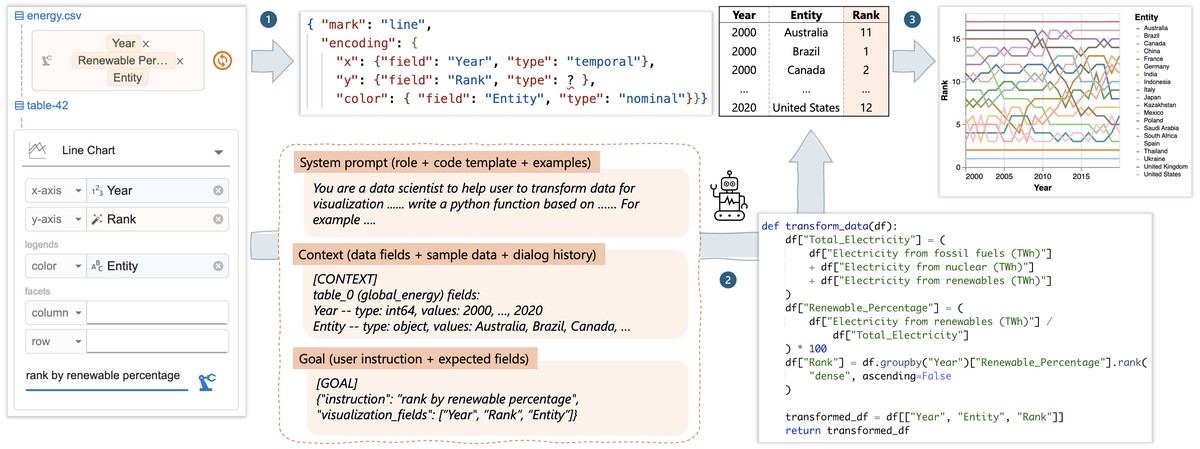=================================================
Leverage is a powerful tool in quantitative trading, allowing traders to amplify their positions without needing the full capital. However, it also brings higher risk, and understanding how to calculate leverage is crucial for making informed, strategic decisions. This article delves into the concept of leverage in quantitative trading, explaining how to calculate it, and exploring strategies for effectively using leverage while minimizing risk.
What is Leverage in Quantitative Trading?
Leverage refers to the use of borrowed capital to increase the potential return of an investment. In quantitative trading, leverage is employed to control larger positions with a relatively smaller amount of capital. Traders can borrow funds from brokers or exchanges to increase their exposure to financial markets.
Leverage can magnify both gains and losses. While it offers the possibility of higher returns, it also amplifies the risk of large losses. This makes understanding leverage calculation and its effects on trading strategies essential for all quantitative traders.
Example of Leverage in Quantitative Trading
Let’s say a quantitative trader has \(100,000 of their own capital but borrows \)400,000 from a broker. The total position size is now \(500,000. If the asset increases by 10%, the trader makes \)50,000 (10% of \(500,000), which is a 50% return on their original capital of \)100,000. Conversely, if the asset decreases by 10%, the trader loses $50,000, leading to a 50% loss on their initial investment.
How to Calculate Leverage in Quantitative Trading
The calculation of leverage in quantitative trading involves a simple formula:
Formula for Leverage Calculation
Leverage Ratio=Total Position SizeEquity (Your Capital)\text{Leverage Ratio} = \frac{\text{Total Position Size}}{\text{Equity (Your Capital)}}Leverage Ratio=Equity (Your Capital)Total Position Size
For example:
- Total Position Size: $500,000 (the sum of your own capital and borrowed funds)
- Equity (Your Capital): $100,000 (your own funds)
Leverage Ratio=500,000100,000=5:1\text{Leverage Ratio} = \frac{500,000}{100,000} = 5:1Leverage Ratio=100,000500,000=5:1
This means the trader is using 5:1 leverage, meaning they control a position 5 times larger than their initial investment.
What Affects Leverage?
Several factors can influence the effective leverage ratio, including:
- Market Conditions: In volatile markets, brokers may reduce leverage ratios to protect themselves from high risks.
- Asset Class: Different asset classes come with different leverage limits. For example, the leverage available for trading stocks may differ from that available for forex or cryptocurrencies.
- Broker Policies: Each broker has its own leverage policies based on risk tolerance and market exposure.
Leverage in Quantitative Trading Strategies
When used effectively, leverage can enhance a trading strategy’s profitability. Here, we explore two common strategies for utilizing leverage in quantitative trading.
1. Trend Following Strategies with Leverage
In trend-following strategies, traders aim to capitalize on the momentum of an asset, entering positions that follow prevailing market trends. Using leverage in such strategies amplifies returns as the position grows in line with the market’s upward or downward momentum.
Pros:
- Higher potential for profits due to the amplification effect.
- The ability to control larger positions with relatively smaller capital.
Cons:
- Risk of large losses if the trend reverses unexpectedly.
- The need for precise market entry and exit points to avoid margin calls.
2. Mean Reversion Strategies with Leverage
Mean reversion strategies rely on the assumption that asset prices tend to revert to their mean over time. Traders using this strategy expect prices to return to a historical average, and leverage is applied to increase position size when they identify extreme price movements.
Pros:
- Leverage increases returns when the market reverts to its average.
- Potential for higher profits in stable or predictable markets.
Cons:
- Significant risk in highly volatile or trending markets.
- Amplification of losses if prices deviate further from the mean.

Best Practices for Managing Leverage in Quantitative Trading
While leverage can improve the profitability of quantitative trading strategies, it must be managed carefully to minimize risks. Below are a few best practices for managing leverage in quantitative trading.
1. Leverage Risk Management
It’s crucial to use leverage responsibly, especially when trading in volatile or illiquid markets. One of the best ways to manage leverage risk is by setting a stop-loss order, which automatically exits a trade if the price moves against the position by a specified amount.
Example:
If you are trading with a 5:1 leverage ratio and you set a stop-loss at 2% below the entry point, the maximum loss you could incur would be 10% of your initial investment (5 x 2%).
2. Diversify Trading Positions
Using leverage on a single position is risky, as a large loss could wipe out your entire capital. By diversifying your leveraged positions across different assets or strategies, you reduce the risk of large drawdowns. Diversification helps ensure that losses in one asset or position don’t significantly impact the overall portfolio.
3. Use Conservative Leverage Ratios
Traders should avoid excessive leverage, especially for beginners. While higher leverage can amplify profits, it also increases the likelihood of margin calls and significant losses. A lower leverage ratio ensures that traders have more room for error while still achieving substantial returns.

FAQ: Common Questions About Leverage in Quantitative Trading
1. Why is leverage important in quantitative trading?
Leverage allows traders to control larger positions than they would be able to with their own capital alone, potentially amplifying returns. In quantitative trading, where strategies often involve small profit margins, leverage can significantly increase profitability without requiring substantial initial capital.
2. How does leverage affect risk in trading?
Leverage amplifies both potential gains and potential losses. A small unfavorable price movement can result in large losses if high leverage is used. Therefore, managing leverage carefully is essential to avoid substantial losses and margin calls.
3. What tools are available for calculating leverage in trading?
There are several software tools and platforms that provide leverage analytics for traders. These tools automatically calculate leverage ratios and help traders assess the risks associated with using leverage. Many brokers also offer built-in calculators to assess margin requirements and leverage.

Conclusion: Using Leverage in Quantitative Trading
Leverage can be an extremely powerful tool in quantitative trading when used correctly. By carefully calculating and managing leverage, traders can enhance their profitability without significantly increasing their risk. Whether you are using trend-following or mean-reversion strategies, it is essential to understand how leverage works and how to mitigate associated risks.
Make sure to follow best practices for leverage management, including using stop-loss orders, diversifying positions, and choosing conservative leverage ratios. By doing so, you can harness the full potential of leverage in your quantitative trading strategy while protecting your capital from the inherent risks.
For more detailed information on how to calculate leverage in quantitative trading, be sure to explore our in-depth guides on risk management and advanced leverage strategies.

0 Comments
Leave a Comment